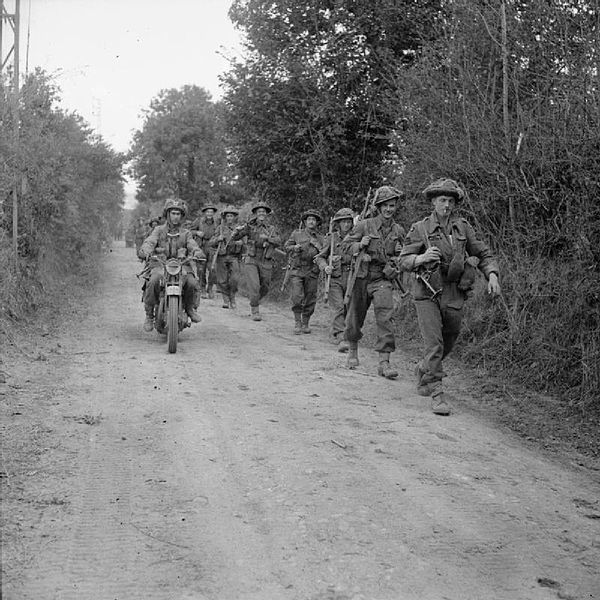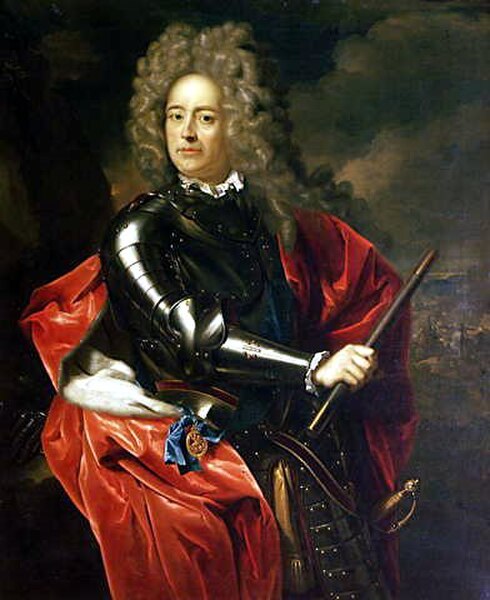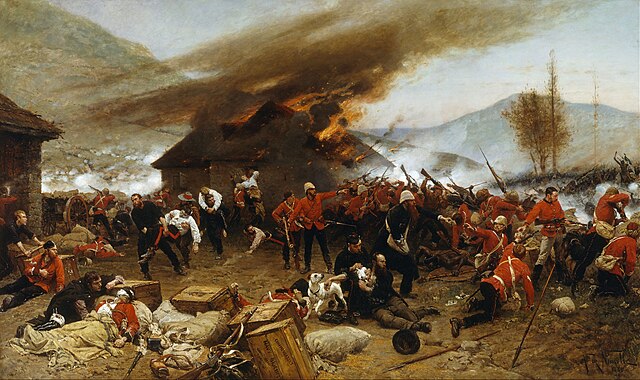Army Reserve (United Kingdom)
The Army Reserve is the active-duty volunteer reserve force of the British Army. It is separate from the Regular Reserve whose members are ex-Regular personnel who retain a statutory liability for service. The Army Reserve was known as the Territorial Force from 1908 to 1921, the Territorial Army (TA) from 1921 to 1967, the Territorial and Army Volunteer Reserve (TAVR) from 1967 to 1979, and again the Territorial Army (TA) from 1979 to 2014.
Infantry of 231st Brigade, 50th (Northumbrian) Division moving up past a knocked-out German 88mm gun near 'Joe's Bridge' over the Meuse-Escaut Canal in Belgium, 16 September 1944
A motorcycle and infantry of the 2nd Battalion, Glasgow Highlanders, 46th Infantry Brigade, 15th (Scottish) Infantry Division, advance along a lane near Caumont, 30 July 1944.
The British Army is the principal land warfare force of the United Kingdom, British Overseas Territories and Crown Dependencies, a part of the British Armed Forces along with the Naval Service and the Royal Air Force. As of 1 January 2024, the British Army comprises 75,166 regular full-time personnel, 4,062 Gurkhas, 26,244 volunteer reserve personnel and 4,557 "other personnel", for a total of 110,029.
Lord Protector Oliver Cromwell
Lord General Thomas Fairfax, the first commander of the New Model Army
John Churchill, 1st Duke of Marlborough, was one of the first generals in the new British Army and fought in the War of the Spanish Succession. He was a noted ancestor of Sir Winston S. Churchill, later famous Prime Minister during World War II.
In the 1879 Battle of Rorke's Drift, a small British force repelled an attack by overwhelming Zulu forces; eleven Victoria Crosses were awarded for its defence.






